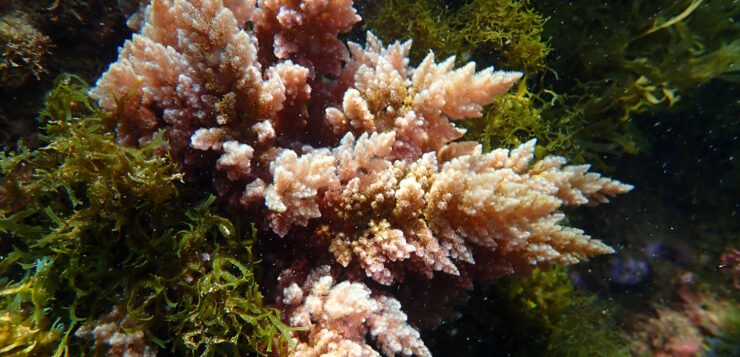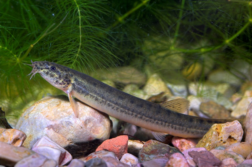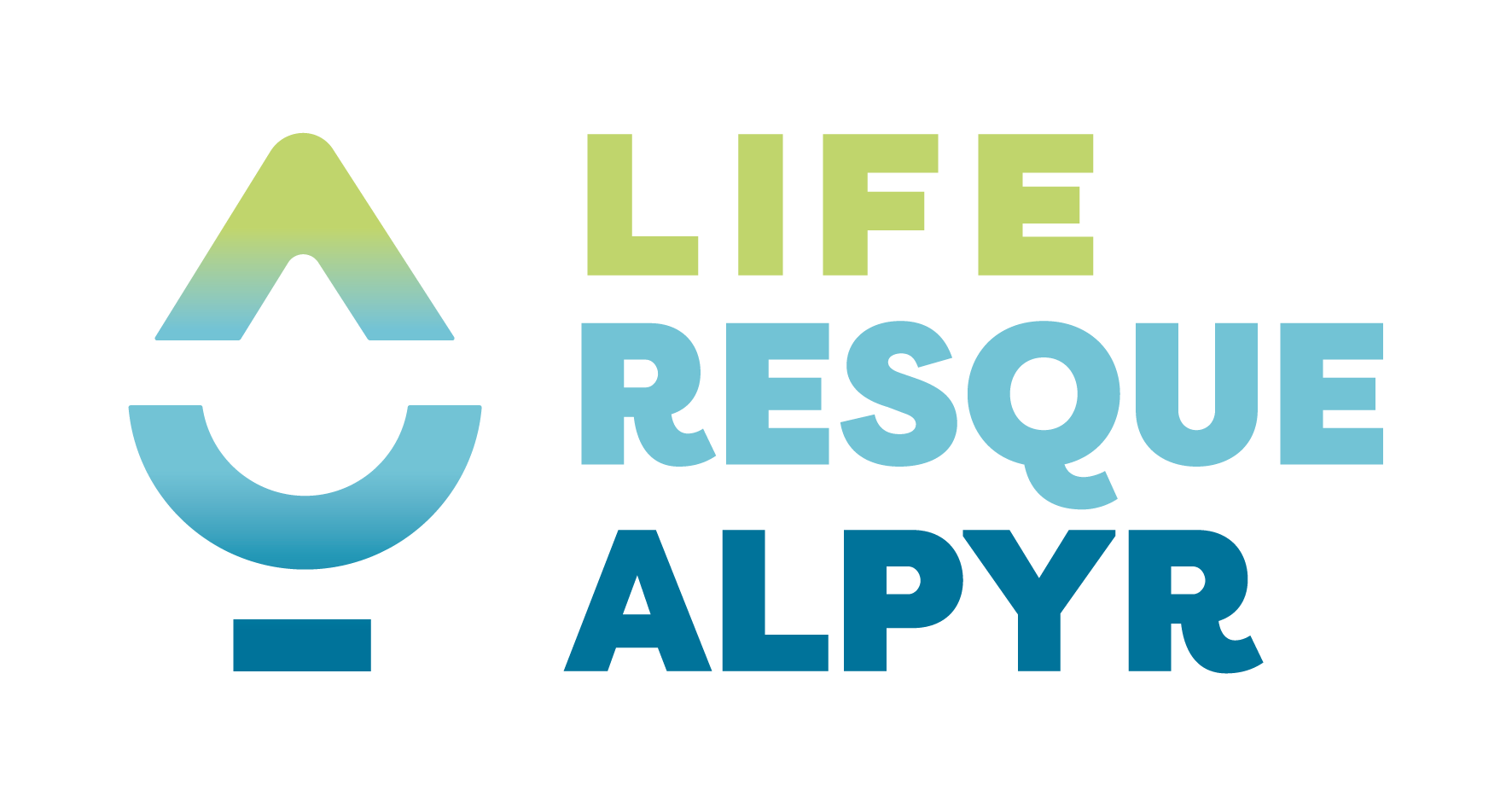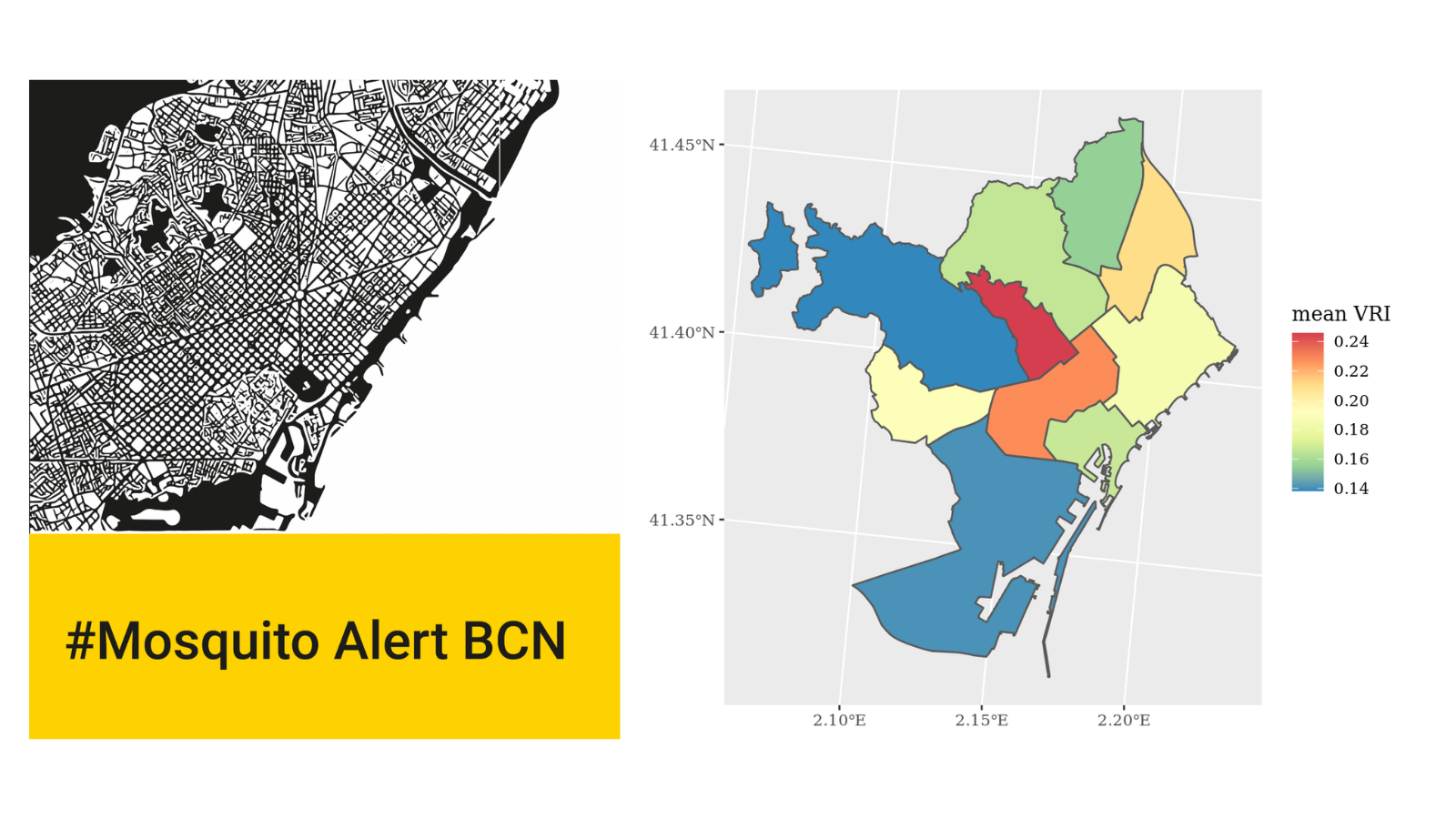It is the red alga Asparagopsis taxiformis, common in the warm areas of the Atlantic and the Indo-Pacific. Its invasive character has already been confirmed on the rocky bottoms of the Balearic Islands and the coasts of Andalusia, Murcia and Valencia. Now it has been found on the Barcelona’s coast.
The citizen science of the CSIC Observadores del Mar platform and the monitoring of foreign species carried out by the Catalan Water Agency (ACA) with the Blanes Center for Advanced Studies (CEAB-CSIC) have enabled the detection, in the Barcelona’s coast, of a new invasive algae.
Observers collaborators (and members of the Catalan Federation of Underwater Activities-FECDAS), Eduardo Alcañiz, Sara Riera and Guillermo Álvarez photographed, earlier this month, an alga located on the seabed in the Port Fòrum area in Barcelona.
After analyzing the images and carrying out in situ verifications, the CEAB-CSIC researchers have determined that it is the species Asparagopsis taxiformis, a red algae of the Bonnemaisoniáceas family that is common in the warm tropical areas of the Atlantic and the Indo Peaceful.
This algae has significant invasive potential, being able to cover rock bottoms from the surface to thirty meters deep, even growing on other algae and marine plants. It can cause changes in marine ecosystems, altering habitats and displacing or disappearing native species.
It was already known that the alga was on rocky bottoms of the Balearic Islands, on the coast of Andalusia and on that of Murcia and Valencia. In 2017 (also via Observadores del Mar, through the collaborator Pablo Ruiz) a specimen was already detected in Catalan waters, on the Tarragona’s coast.
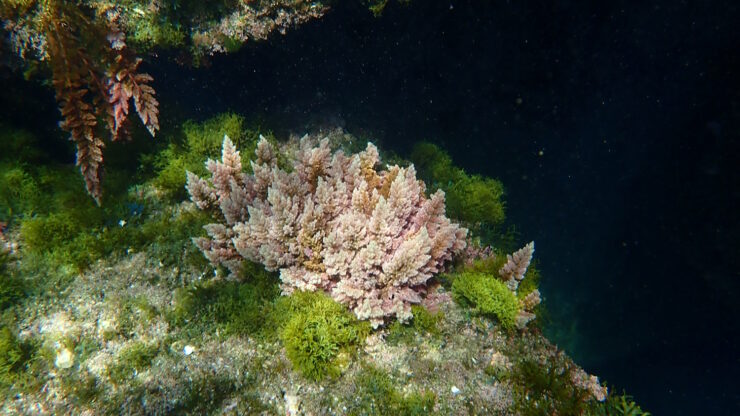
Introduction favored by water temperature
The genus Asparagopsis includes two species that coexist in the Mediterranean: A.armata (distribution restricted to the colder waters of the Costa Brava) and A.taxiformis (typical of warmer waters, which had not been found to be present on the coast Catalan, and with invasive behaviour).
The discovery of Asparagopsis taxiformis on the Catalan coast, specifically on the Barcelona coast, is associated with the increase in temperature that we are experiencing at sea, say the CEAB-CSIC experts.
This invasive species, present in practically all tropical and subtropical seas, would have been introduced into the Mediterranean from the Indian Ocean through the Suez Canal, one of the main routes for the introduction of foreign species (for maritime transport).
Surveillance of invasive species
The Catalan Water Agency (ACA) has been developing for years, in collaboration with the Blanes Center for Advanced Studies (CEAB-CSIC), monitoring programs for invasive species in the marine environment.
The state of the coastal water masses is studied in relation to introduced species, the dispersion of relatively recent species, and the colonization and evolution of these species are monitored to prevent them from seriously damaging native ecosystems.
When new species are detected, they are indexed and incorporated into the monitoring. In this part, citizen science plays an important role, with initiatives such as Observadores del Mar, which provide data that the scientific team is in charge of validating and that complement those obtained directly, through field work in different points of the coast. The verified information is provided to the ACA to support actions aimed at preserving our aquatic ecosystems.
This new detection shows, once again, the importance of scientific validation of the data obtained in citizen science initiatives, as well as the relevance of transferring them to managers for decision-making.


